当前位置:网站首页>R语言中实现作图对象排列的函数总结
R语言中实现作图对象排列的函数总结
2022-04-23 15:47:00 【zoujiahui_2018】
文章目录
par(mfrow=c(n,m))基础作图
par(mfrowc(n,m))是R基础作图中的函数,只对基础作图函数plot的对象起作用
gridExtra::grid.arrange()针对ggplot对象
grid.arrange()函数只能用于对ggplot对象进行排布
用法
# 全部参数
grid.arrange(..., grobs = list(...), layout_matrix, vp = NULL,
name = "arrange", as.table = TRUE, respect = FALSE, clip = "off",
nrow = NULL, ncol = NULL, widths = NULL, heights = NULL, top = NULL,
bottom = NULL, left = NULL, right = NULL, padding = unit(0.5, "line"),newpage=TRUE)
#常用格式
grid.arrange(p1,p2,p3,...,ncol=n,nrow=m)
实例
library(gridExtra)
library(ggplot2)
p1=qplot(1:10, rnorm(10), main=paste("plot", 1))
p2=qplot(1:10, rnorm(10), main=paste("plot", 2))
p3=qplot(1:10, rnorm(10), main=paste("plot", 3))
grid.arrange(p1,p2,p3,nrow=2,ncol=2)
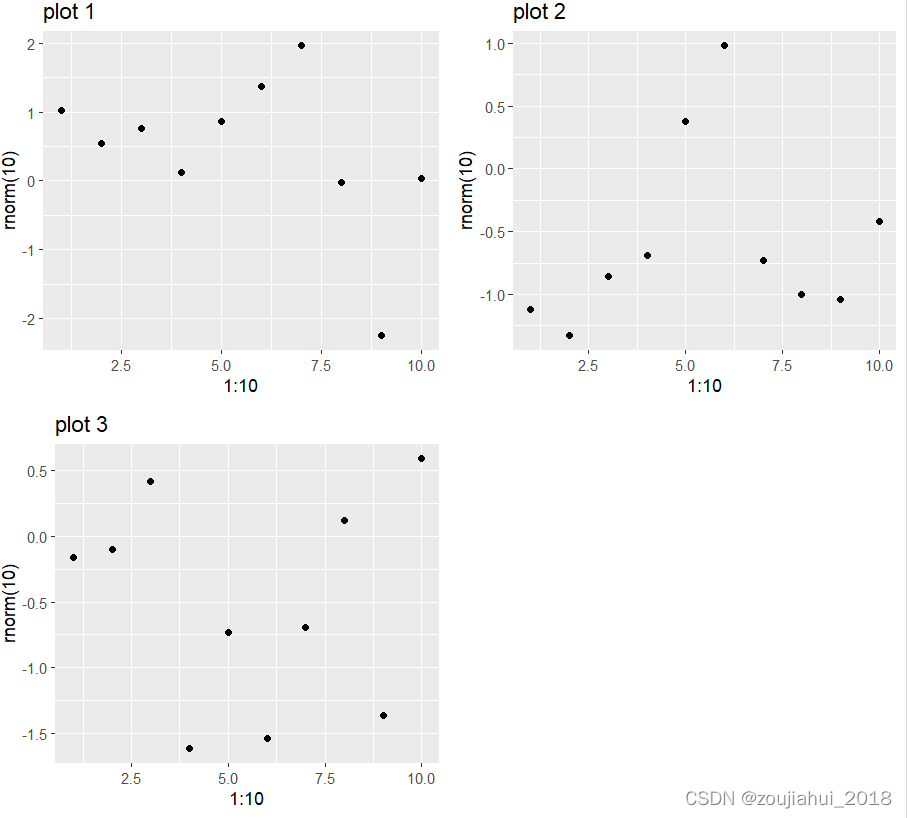
ggpubr::ggarrange()可处理ggplot对象和基础plot对象
用法
ggarrange(
...,
plotlist = NULL,
ncol = NULL,
nrow = NULL,
labels = NULL,
label.x = 0,
label.y = 1,
hjust = -0.5,
vjust = 1.5,
font.label = list(size = 14, color = "black", face = "bold", family = NULL),
align = c("none", "h", "v", "hv"),
widths = 1,
heights = 1,
legend = NULL,
common.legend = FALSE,
legend.grob = NULL
)
实例
library(ggplot2)
library(ggpubr)
data("ToothGrowth")
df <- ToothGrowth
df$dose <- as.factor(df$dose)
bxp <- ggboxplot(df, x = "dose", y = "len",
color = "dose", palette = "jco")
dp <- ggdotplot(df, x = "dose", y = "len",
color = "dose", palette = "jco")
dens <- ggdensity(df, x = "len", fill = "dose", palette = "jco")
plt<- ~{
par(
mar = c(3, 3, 1, 1),
mgp = c(2, 1, 0)
)
plot(sqrt)
}
# Arrange
# ::::::::::::::::::::::::::::::::::::::::::::::::::
ggarrange(bxp, dp,dens,plt, ncol = 2, nrow = 2)
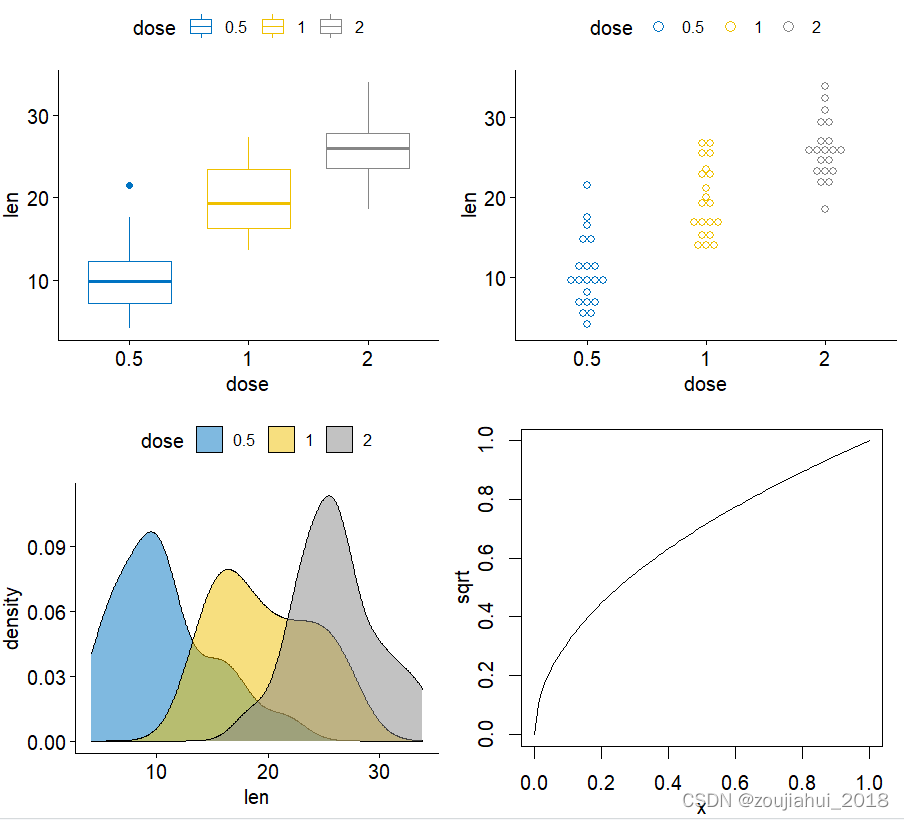
cowplot::plot_grid()可以用于不同对象
用法
plot_grid(
...,
plotlist = NULL,
align = c("none", "h", "v", "hv"),
axis = c("none", "l", "r", "t", "b", "lr", "tb", "tblr"),
nrow = NULL,
ncol = NULL,
rel_widths = 1,
rel_heights = 1,
labels = NULL,
label_size = 14,
label_fontfamily = NULL,
label_fontface = "bold",
label_colour = NULL,
label_x = 0,
label_y = 1,
hjust = -0.5,
vjust = 1.5,
scale = 1,
greedy = TRUE,
byrow = TRUE,
cols = NULL,
rows = NULL
)
实例
library(ggplot2)
library(cowplot)
df <- data.frame(
x = 1:10, y1 = 1:10, y2 = (1:10)^2, y3 = (1:10)^3, y4 = (1:10)^4
)
p1 <- ggplot(df, aes(x, y1)) + geom_point()
p2 <- ggplot(df, aes(x, y2)) + geom_point()
p6 <- ~{
par(
mar = c(3, 3, 1, 1),
mgp = c(2, 1, 0)
)
plot(sqrt)
}
p7 <- function() {
par(
mar = c(2, 2, 1, 1),
mgp = c(2, 1, 0)
)
image(volcano)
}
# ggarrange(p1,p2,p3,p4)
# making rows and columns of different widths/heights
plot_grid(
p1, p2,p6,p7, nrow = 2,ncol=2,rel_heights = c(2,1), rel_widths = c(1, 2),labels = "AUTO",scale = c(1, .5, .9, .7)
)
#' # missing plots in some grid locations, auto-generate lower-case labels
plot_grid(
p1, NULL, NULL, p6, p7, NULL,
ncol = 2,
labels = "auto",
label_size = 12,
align = "v"
)
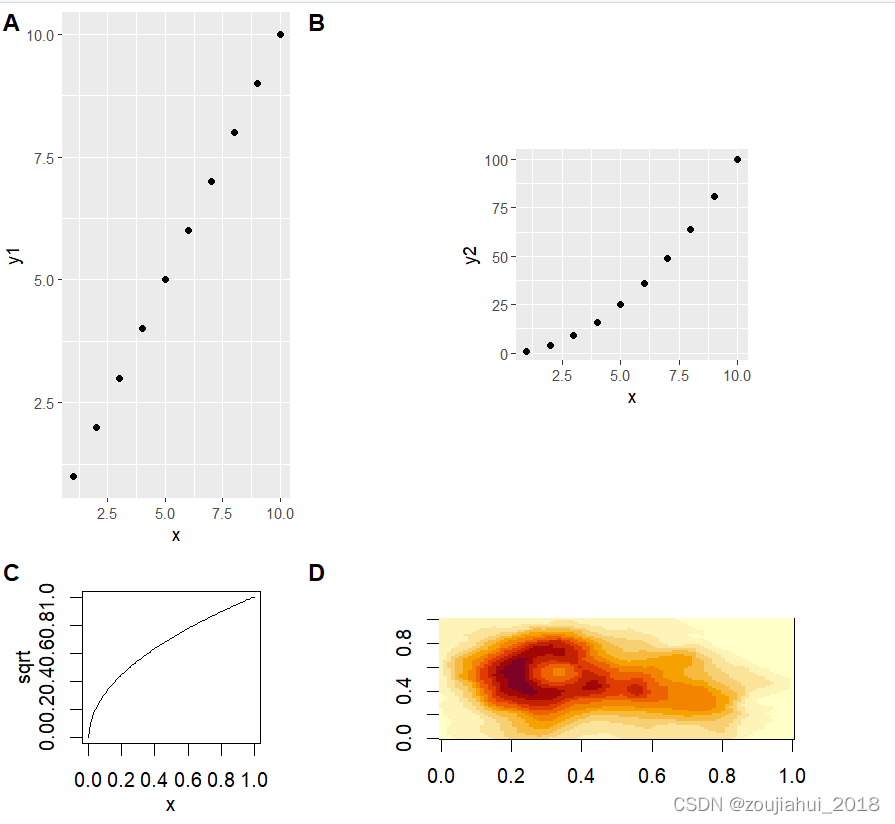
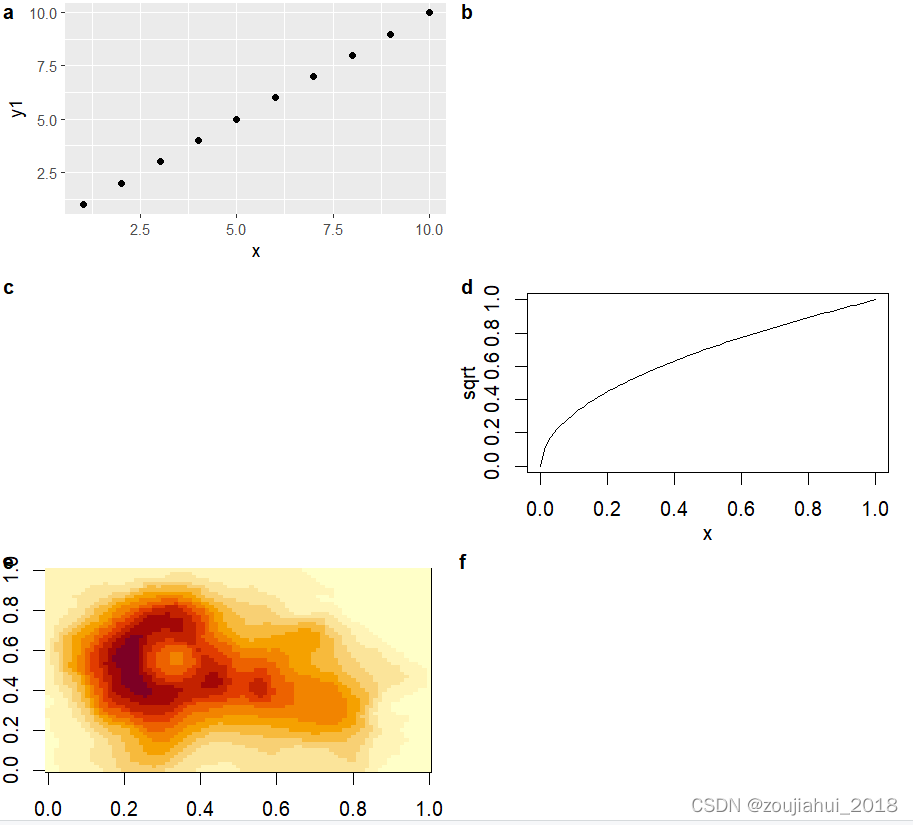
customLayout::lay_new()功能更加强大灵活
未完待续…
版权声明
本文为[zoujiahui_2018]所创,转载请带上原文链接,感谢
https://blog.csdn.net/qq_18055167/article/details/124337417
边栏推荐
猜你喜欢
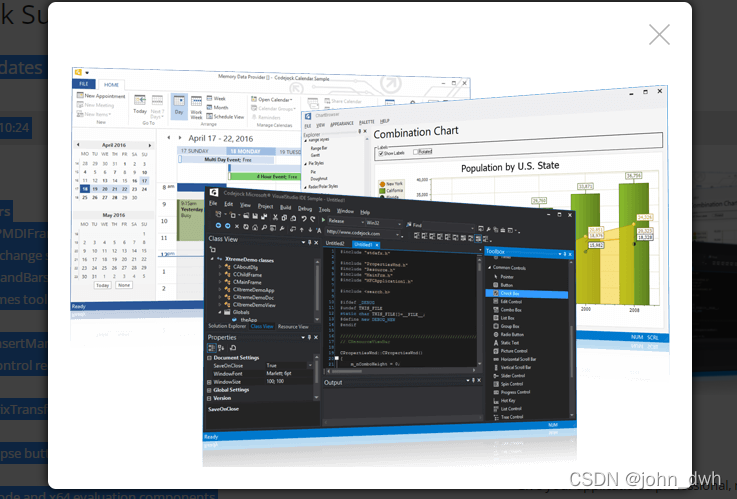
Codejock Suite Pro v20. three
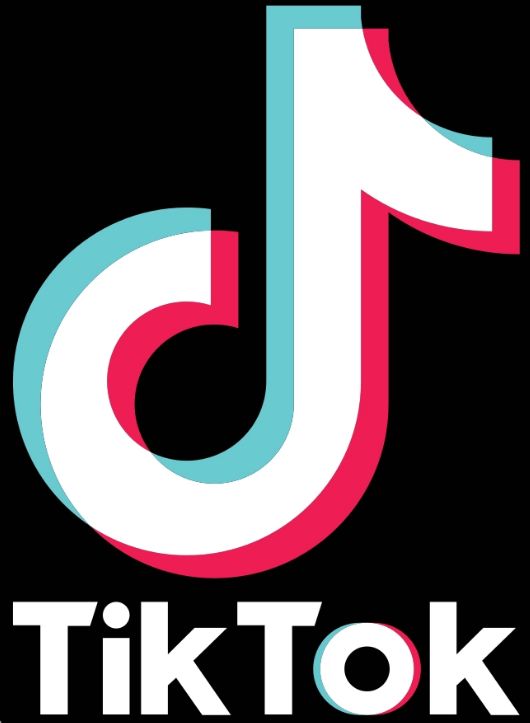
WPS brand was upgraded to focus on China. The other two domestic software were banned from going abroad with a low profile
![Merging of Shanzhai version [i]](/img/e7/f301697aea879bcad8cef70ca890cc.png)
Merging of Shanzhai version [i]

One brush 314 sword finger offer 09 Implement queue (E) with two stacks
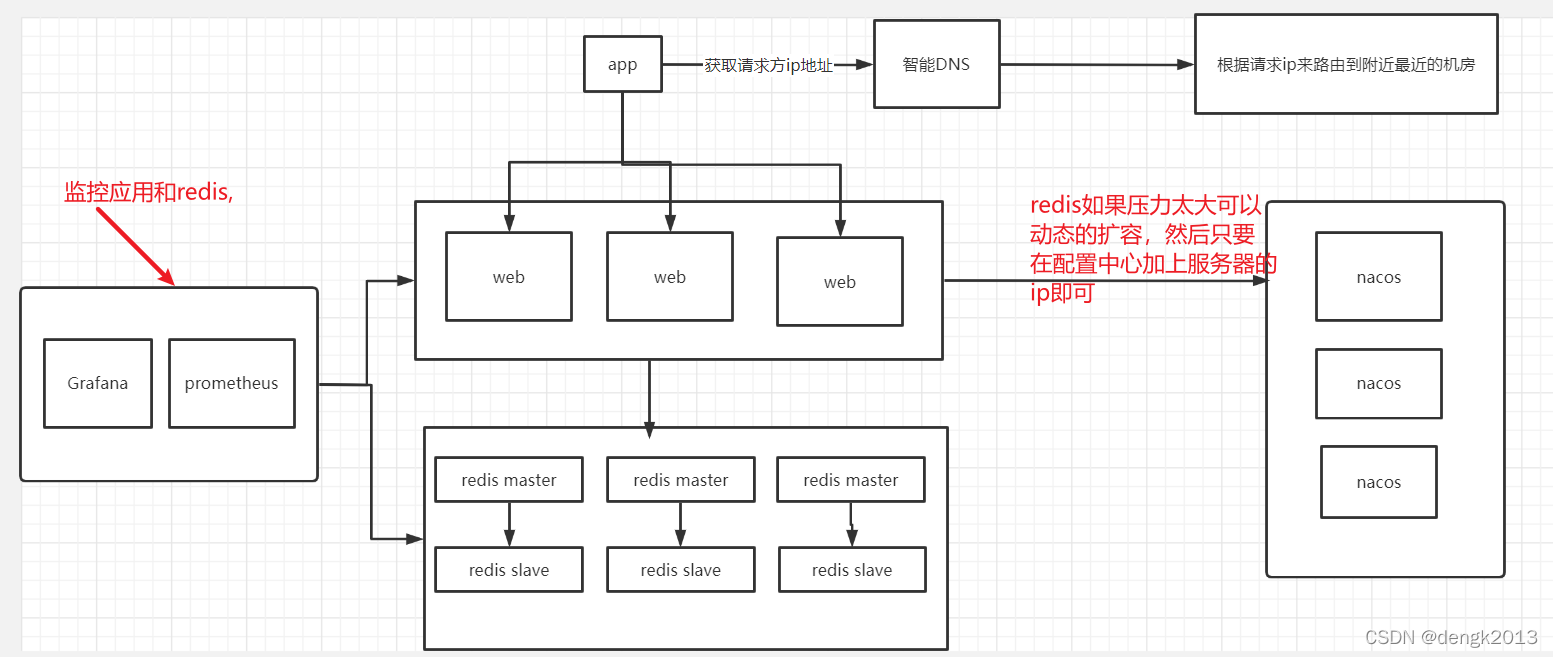
Single architecture system re architecture
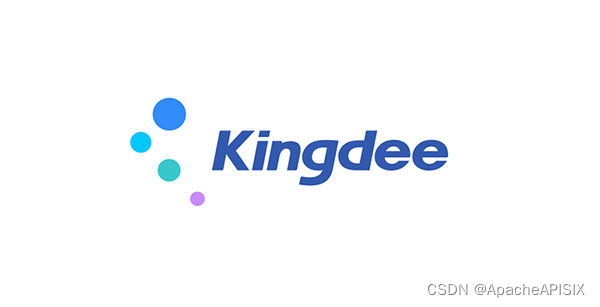
API IX JWT auth plug-in has an error. Risk announcement of information disclosure in response (cve-2022-29266)

Load Balancer
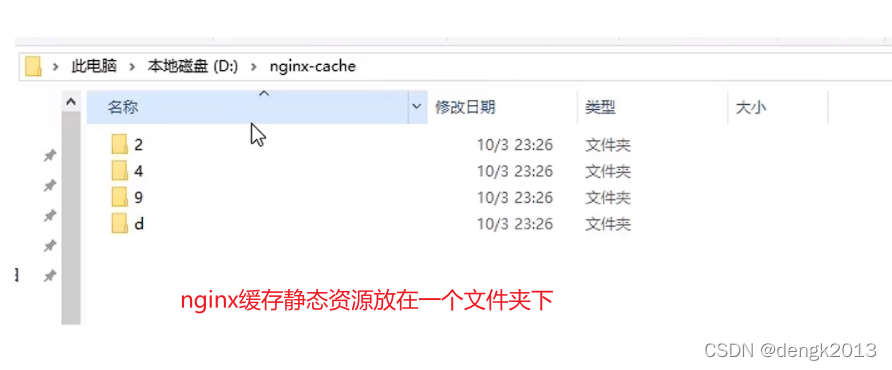
Multi level cache usage
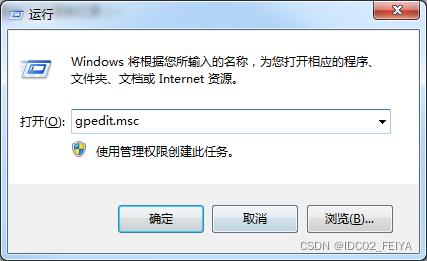
What if the server is poisoned? How does the server prevent virus intrusion?
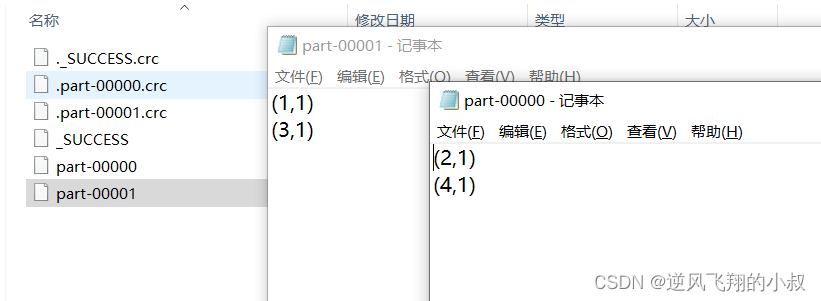
Partitionby of spark operator
随机推荐
网站建设与管理的基本概念
c语言---指针进阶
CVPR 2022 优质论文分享
One brush 313 sword finger offer 06 Print linked list from end to end (E)
The length of the last word of the string
WPS品牌再升级专注国内,另两款国产软件低调出国门,却遭禁令
Introduction to dynamic programming of leetcode learning plan day3 (198213740)
C language --- string + memory function
Go language, condition, loop, function
Load Balancer
Cookie&Session
Application case of GPS Beidou high precision satellite time synchronization system
Redis主从复制过程
The El tree implementation only displays a certain level of check boxes and selects radio
Calculate the number of occurrences of a character
Fastjon2 here he is, the performance is significantly improved, and he can fight for another ten years
pywintypes. com_ Error: (- 2147221020, 'invalid syntax', none, none)
携号转网最大赢家是中国电信,为何人们嫌弃中国移动和中国联通?
Spark 算子之filter使用
一刷313-剑指 Offer 06. 从尾到头打印链表(e)